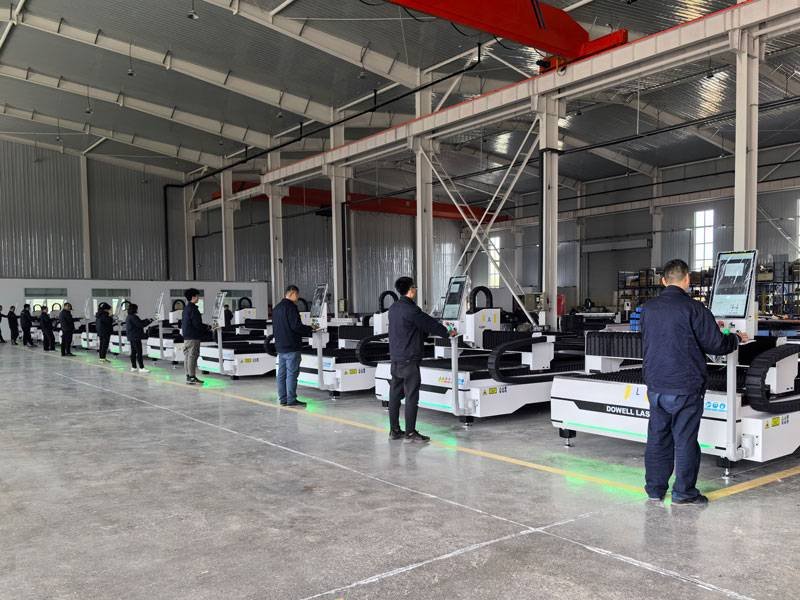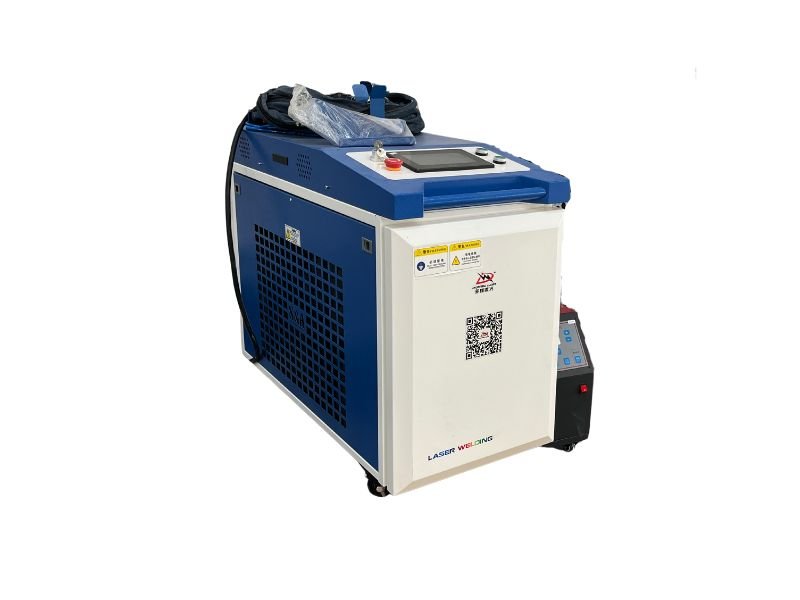
1500w 2000w 3000w laser welder cutter cleaner
- Brand:DOWELL LASER
- power :1500w 2000w 3000W
- materials: stainless steel, aluminum, copper, and titanium
- Price:$8971.21- $15182.05
Introduction
Handheld 3 in 1 Laser Welder is a versatile tool that combines welding, cleaning, and cutting capabilities.
Combining innovative technology with practicality, this 3-in-1 laser machine provides a comprehensive solution for modern manufacturing. Whether it is precision welding, fast cleaning or efficient cutting, this equipment can meet your various needs with excellent performance.
how does the 3-in-1 laser welder cutter cleaner work
laser cleaner welder cutter type
The key components are a fiber laser source (1000W-3000W), a handheld laser gun with changeable nozzles for welding/cutting/cleaning, an integrated cooling system (water-cooled or air-cooled), and a controller.
3000w water cooling laser cleaner welder cutter
2000w air cooling wobble head 3 in 1 handheld laser welder cleaner cutter
Technical Parameters
- Brand: Dowell Laser
- Power: 1000w 1500W 2000W 3000W
- Cooling System: Water-cooled / Air-cooled
- Laser Wavelength: 1080nm
- Fiber Length: 10m (max 15m)
- Language:Chinese Simplified, Chinese Traditional, English, German, Russian, etc. can be customized
- Operating system:Handheld Welding System
- Optimal operating temperature:15-35℃
- Production place: China
- Operating Temperature: 15-35℃, <70% humidity
- Welding gap requirements:≤0.5mm
Features
- Laser welding capability for joining metal parts with smooth, clean welds without deformation or scarring.
- Laser cutting ability to precisely cut various metals like stainless steel, carbon steel, aluminum, etc.
- Laser cleaning function to remove rust, paint, coatings, oil stains from metal surfaces in an environmentally friendly manner without chemicals.
- Compact and lightweight handheld laser gun, easy to maneuver and operate in tight spaces.
- Integrated design with buttons and handles for simple and convenient use.
- Weighs around 0.8kg, allowing extended handheld operation without fatigue.
- Intelligent controller with touch screen panel for easy parameter switching and operation.
- Plug-and-play nozzle tips for different welding, cutting, or cleaning applications.
- No consumables required, reducing operating costs.
- High-speed welding, cutting, and cleaning for improved productivity.
- Consistent high-quality results with options for wire feed in welding mode.
- Precise laser beam for accurate welding, cutting, and cleaning.
- No chemicals or cleaning solutions required for laser cleaning, producing only solid powder waste.
- Energy-efficient operation with low power consumption.
- Safer than traditional methods for operators when proper protective gear is used.
Handheld Laser Welder And Argon Arc Welder
| Feature | Handheld Laser Welder | Argon Arc Welder |
|---|---|---|
| Precision | High precision welding with minimal distortion | Moderate precision, higher distortion |
| Speed | Faster welding speeds | Slower welding speeds |
| Heat Input | Low heat input, reducing the risk of warping | Higher heat input, increasing the risk of warping |
| Material Versatility | Effective on various materials (stainless steel, carbon steel, aluminum, etc.) | Versatile but may require different settings for different materials |
| Setup Time | Quick setup with minimal preparation | Longer setup time with more preparation |
| Portability | Highly portable and easy to maneuver | Less portable, typically requires a stationary setup |
| Skill Level Required | Can be used by less experienced operators | Requires more skill and experience |
| Cost | Higher initial investment, lower operational costs | Lower initial investment, higher operational costs |
| Maintenance | Lower maintenance due to fewer consumables | Higher maintenance with more consumables (e.g., electrodes) |
| Safety | Requires appropriate laser safety precautions | Requires safety measures for arc and gas handling |
| Welding Thickness | Capable of welding thicker materials with higher power models | Suitable for a range of thicknesses but varies by welder capability |
products
- Iron and carbon steel plates
- Stainless steel plates
- Mold steel gears
- Aluminum plates
- Paint layer
- Rust
- Resin coatings
- Oil stains and grease
- Surface dirt and stains
- Rubber mold residues
The laser cleaning mode can effectively remove oxide layers, paints, coatings, oils, stains, and contaminants from metal surfaces in an environmentally friendly manner without the use of chemicals or cleaning solutions. The waste generated after laser cleaning is essentially solid powder, which is easy to collect and dispose of.
laser cleaner welder cutter application
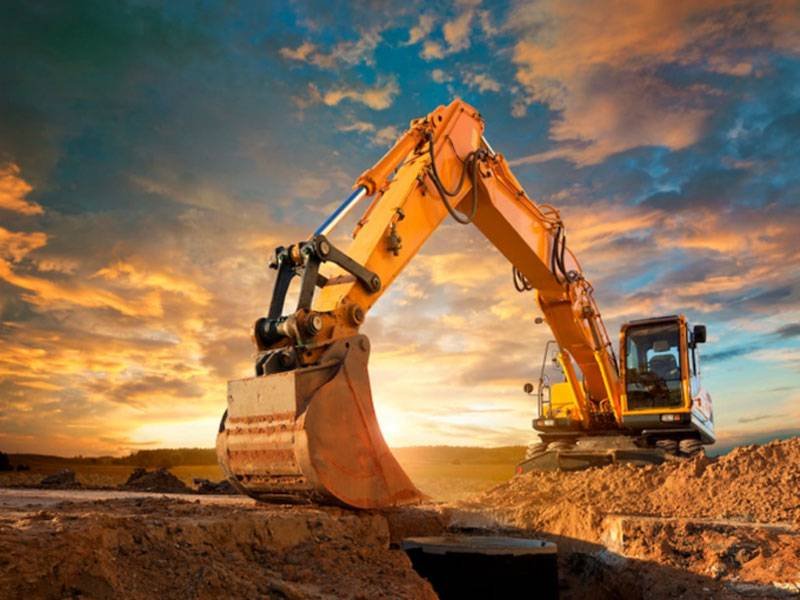
Manufacturing
- Welding and cutting of metal components, parts, and assemblies;
- Cleaning of metal surfaces to remove rust, paint, coatings, oil stains etc

Automotive:
- Welding of automotive parts and accessories
- Cleaning of automotive components and bodies
- Cutting of thin metal sheets for automotive applications

Kitchenware:
- Welding and cutting of metal kitchenware items
Shelves, Elevators, Guardrails: - Welding and cutting of metal shelves, elevators, guardrails
3-in-1 laser welding cleaning cutter price
The price of a laser welding clean cutter can vary greatly depending on a variety of factors, including brand, power, features, and additional accessories. Price range of different types of laser welding cleaning tools:
Entry-level models: These are typically low-power models suitable for small-scale operations or hobbyists. Prices typically range from $2,000 to $10,000.
Mid-range models: These machines offer more power and features and are suitable for mid-sized businesses or more intensive use. Prices typically range from $10,000 to $30,000.
High-End Models: These are advanced machines with high power, precision and additional features designed for large-scale industrial operations. Prices range from $30,000 to $100,000 or more.
air-cooled vs water-cooled laser welding machines
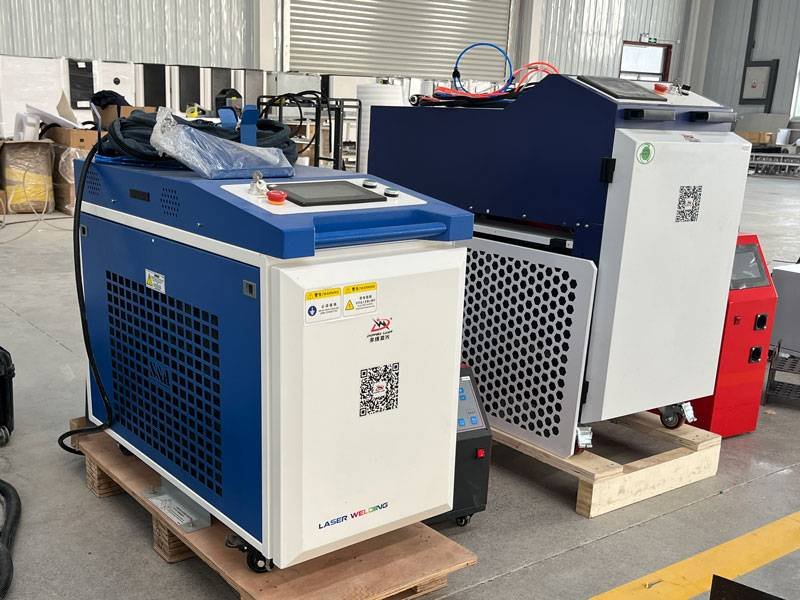
Water Cooled laser Welding Machines
- Cooling Mechanism: Water-cooled welding machines use a water circulation system to cool the welding torch and power source.
- Efficiency: These machines are highly efficient at cooling, making them suitable for continuous or high-amperage welding.
- Cost: Water-cooled machines have a higher initial cost and require maintenance of the cooling system.
- Portability: They are less portable due to the additional weight and components of the cooling system.
- Heat Dissipation: Superior heat dissipation makes them ideal for heavy-duty or industrial applications.
- Durability: They have a longer lifespan in demanding conditions due to better cooling.
- Noise Level: Generally quieter as the water cooling system is less noisy than fans.
- Maintenance: Requires regular maintenance of the water cooling system, including checking for leaks and ensuring proper water levels.
- Application Suitability: Ideal for industrial applications, heavy-duty welding, and prolonged use.
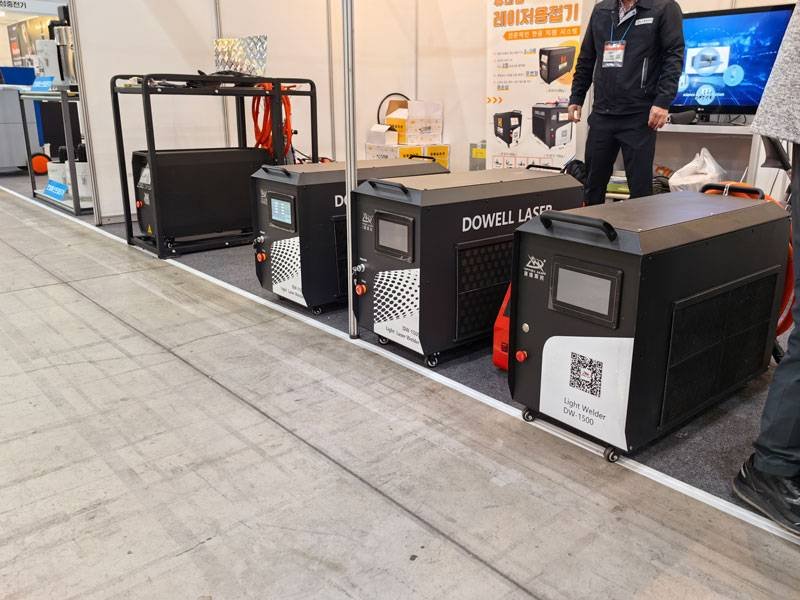
Air Cooled laser Welding Machines
- Cooling Mechanism: Air-cooled welding machines use fans to dissipate heat from the welding torch and power source.
- Efficiency: They are less efficient at cooling, especially during prolonged or high-amperage welding sessions.
- Cost: These machines generally have a lower initial cost and require less maintenance.
- Portability: Air-cooled machines are more portable due to their simpler cooling system.
- Heat Dissipation: They provide adequate cooling for light to moderate welding tasks but can overheat in demanding conditions.
- Durability: Prolonged use in high-demand situations can lead to overheating and reduced lifespan.
- Noise Level: Typically noisier due to the operation of fans.
- Maintenance: Requires lower maintenance, mainly involving keeping the fans clean.
- Application Suitability: Best suited for lighter, less demanding welding tasks.
FAQ
types of laser welding
| Type of Laser Welding | Description | Typical Applications |
|---|---|---|
| Conduction Welding | Heat is conducted through the surface of the material without penetrating deeply, suitable for thin materials. | Electronics, medical devices, thin metal parts |
| Keyhole Welding | Intense laser beam creates a “keyhole” in the material, allowing deeper penetration and stronger welds. | Automotive, aerospace, thick materials |
| Hybrid Laser Welding | Combines laser welding with another welding process, such as MIG or TIG, to improve efficiency and quality. | Shipbuilding, heavy machinery, automotive |
| Spot Welding | Localized welding at specific points to join two or more pieces together. | Electronics, battery assembly, sheet metal |
| Seam Welding | Continuous weld along a seam or joint, providing a strong, airtight connection. | Automotive, pipelines, aerospace |
| Percussion Welding | Short, high-intensity laser pulses create small weld spots. | Jewelry, fine instruments, micro-welding |
| Deep Penetration Welding | High power laser creates deep, narrow welds with high aspect ratios. | Structural components, heavy industry |
| Laser Brazing | Uses a laser to melt a filler material which bonds the base materials together without melting them. | Automotive, aerospace, electronics |
| Laser Cladding | Adds material to a surface by melting a powder or wire feedstock with a laser, enhancing surface properties. | Repair, surface coating, wear resistance |
How does the laser welding machine work?
1. When the laser is started, the laser beam is aimed at the workbench through the high-voltage pulse generated by the control system.
2. The laser beam is irradiated onto the workpiece to melt part of the surface of the workpiece.
3. The adjustment device of the control system will stabilize the intensity of the laser beam within a certain range to ensure the quality of the weld.
4. When the laser beam is irradiated for a certain period of time, part of the surface of the workpiece has been completely melted. At this time, the next step is to move the workpiece away to complete a welding.
How thick can you cut stainless and carbon steel
Stainless Steel
Low-Power Lasers (Up to 500W):
- Up to 3 mm (0.12 inches) thickness.
Medium-Power Lasers (500W to 2 kW):
- Up to 8 mm (0.31 inches) thickness.
High-Power Lasers (2 kW to 6 kW):
- Up to 20 mm (0.79 inches) thickness.
Ultra-High-Power Lasers (Above 6 kW):
- Up to 30 mm (1.18 inches) or more in thickness.
Carbon Steel
Low-Power Lasers (Up to 500W):
- Up to 3 mm (0.12 inches) thickness.
Medium-Power Lasers (500W to 2 kW):
- Up to 10 mm (0.39 inches) thickness.
High-Power Lasers (2 kW to 6 kW):
- Up to 25 mm (0.98 inches) thickness.
Ultra-High-Power Lasers (Above 6 kW):
- Up to 30 mm (1.18 inches) or more in thickness.
how thick can 3KW laser welding weld?
According to the information provided in the search results, the 3kW (3000W) laser welding machine can weld the following material thicknesses: The current maximum power is 3kW and can weld steel plates up to 7.5mm thick. Higher power versions are available for welding thicker metal sheets. The 3000W handheld laser welder can weld a variety of materials up to 1/2 inch (12mm) thick.
3000w vs 2000W Handheld 3 in 1 laser welding machine
| Material | Thickness (HTW3000 – 3000W) | Thickness (2000W) |
|---|---|---|
| Stainless Steel | Up to 6mm | Up to 5mm |
| Carbon Steel | Up to 5.5mm | Up to 5mm |
| Aluminum Alloy | Up to 5mm | Up to 4mm |
| Galvanized Sheet | Up to 3.1mm | Not specified |
How to Choose Single Pendulum And Double Pendulum?
When choosing between a single pendulum and a double pendulum for laser welding, consider the following guidelines:
Maximum Welding Seam:
- Single Pendulum: Suitable for welding seams up to 4mm.
- Double Pendulum: Suitable for welding seams up to 5mm.
Material Thickness:
- Use a Double Pendulum for materials over 3mm to ensure optimal welding quality.
Welding Modes:
- Triangle Mode: Ideal when using a wire feeder.when using
- Semicircle Mode: Best suited for welding aluminum materials.
By following these guidelines, you can select the appropriate pendulum type and welding mode to achieve the best results for your specific welding requirements.

